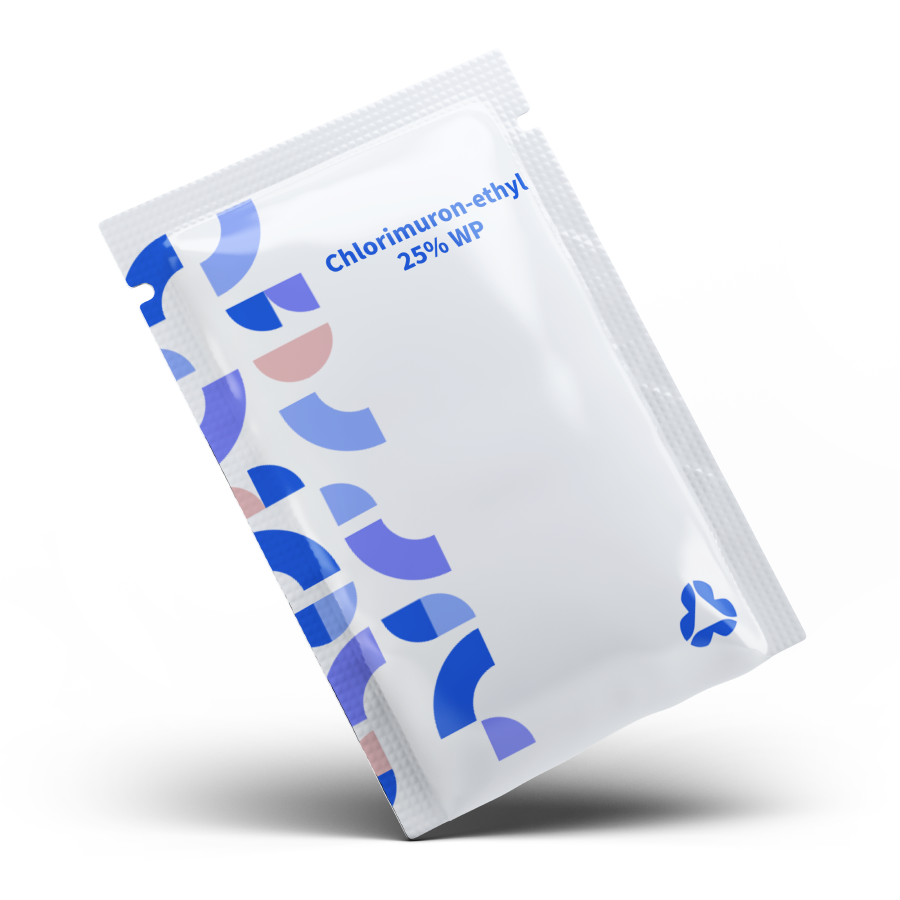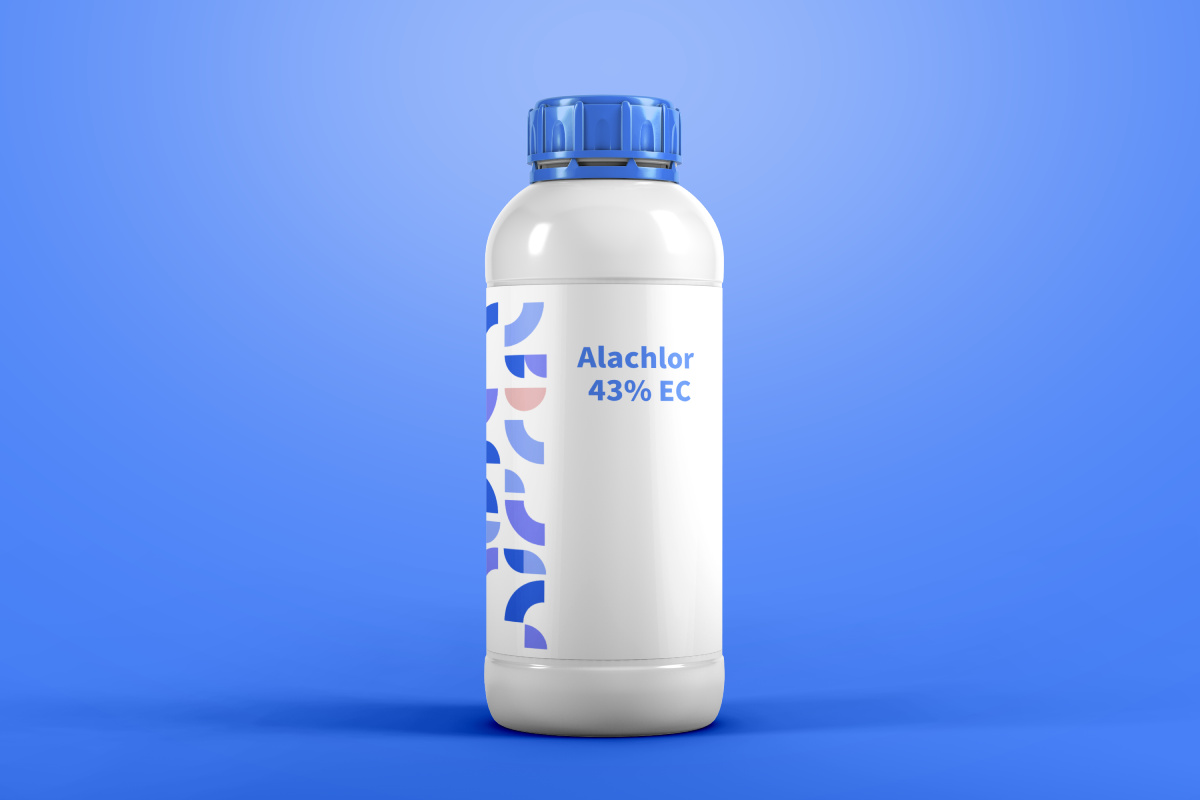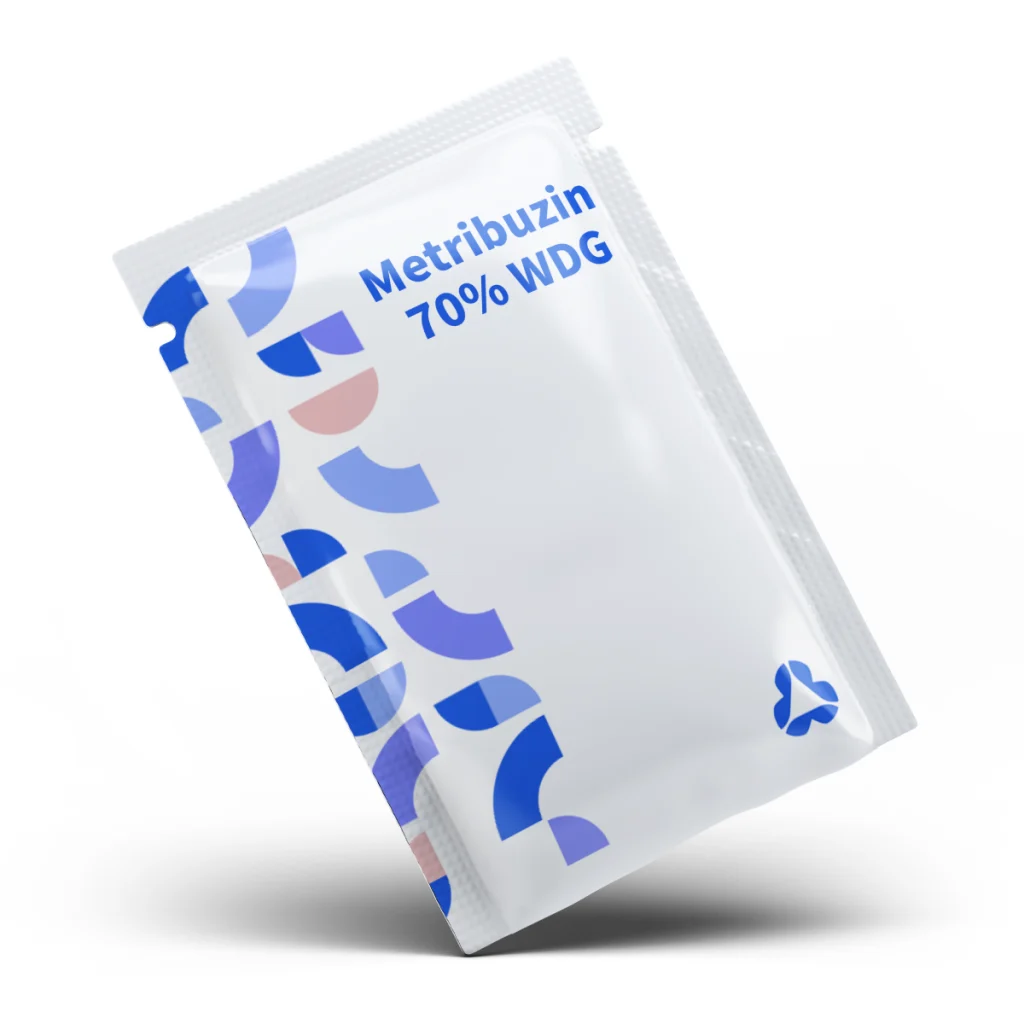Alachlor 43% EC (Emulsifiable Concentrate) is a selective pre-emergence herbicide from the chloroacetanilide family, designed to control annual grassy and broadleaf weeds in corn, soybeans, cotton, and other row crops. As a very long-chain fatty acid (VLCFA) synthesis inhibitor, it disrupts cell membrane formation in germinating weeds, leading to growth arrest and death. The 43% EC formulation (430 g/L alachlor) offers high solubility and ease of application, making it a staple in pre-emergence weed management programs.

Chlorimuron-ethyl Herbicide | Selective Pre- and Post-Emergence Weed Control
Chlorimuron-ethyl is a selective systemic herbicide from the sulfonylurea family, designed to control annual and perennial broadleaf weeds in soybeans, peanuts, cotton, and other leguminous



